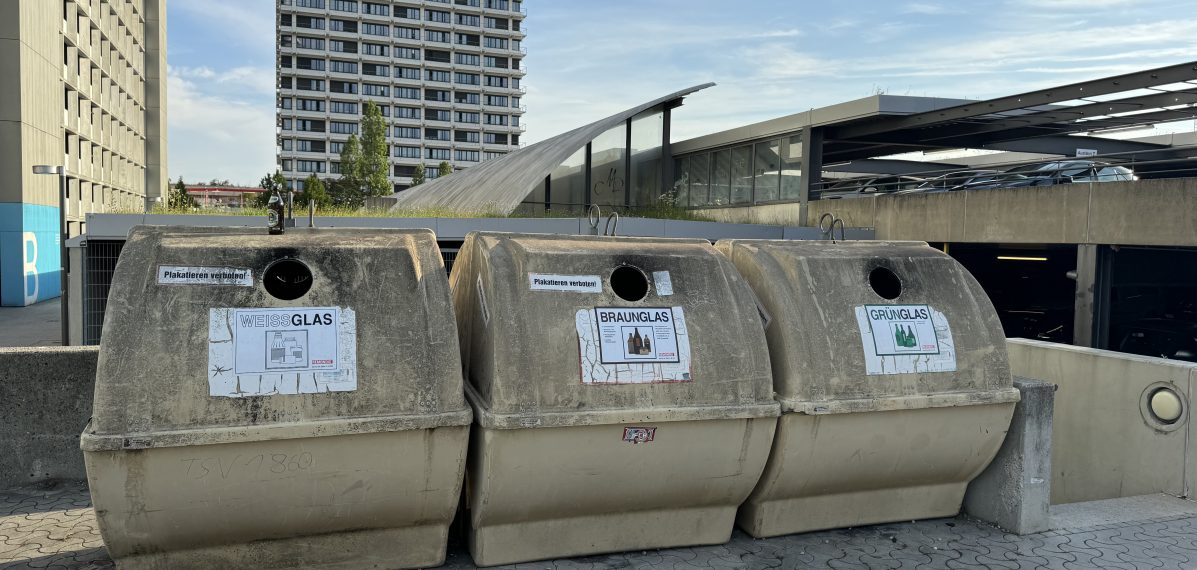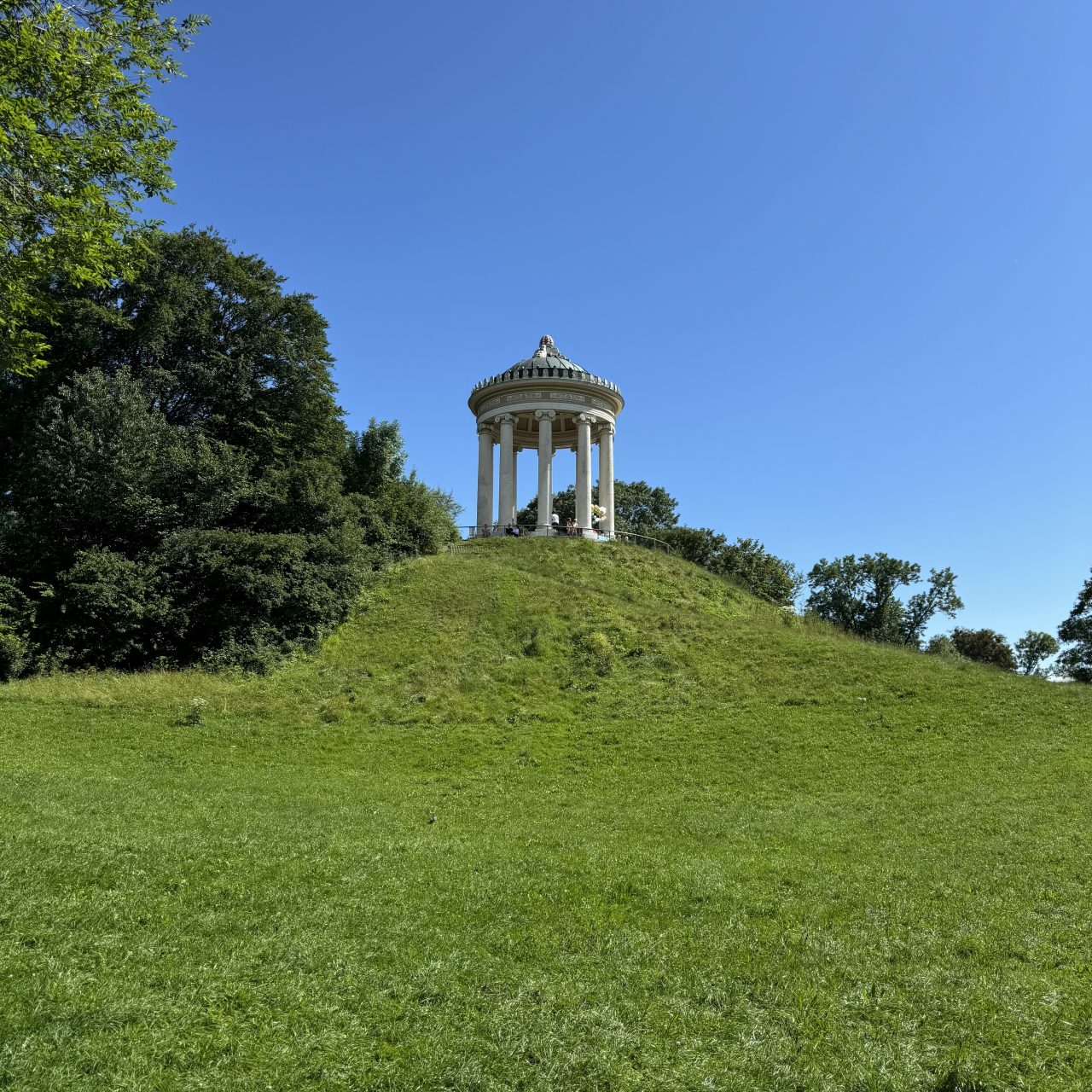
Biodiversity
Preserving Paradise: Biodiversity in The English Garden
The English Garden is one of the largest inner-city parks in the entire world. It’s also one of the most biodiverse. It has a rich history involving its creation. Upkeeping it can be a real task, especially when considering that a team of only 50-70 people maintain the entirety of it. Logan Nunery shows a different angle and describes his first impressions from the The English Garden.
Created by: Logan Nunery
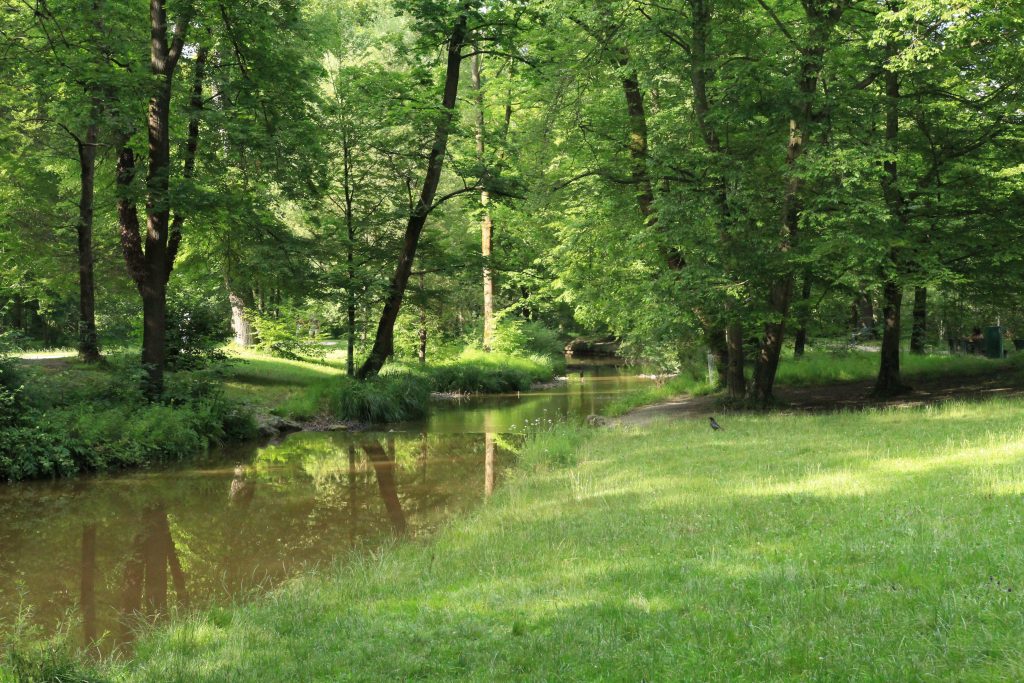
MY FIRST TRIP
On my first visit to the English Garden, I was constantly stopping to take in all the differences and experiences. One thing I noticed instantly was the many different species of bees that congregate in the English Garden. It didn’t make sense to me why an area with so many people would be considered a safe place for bees. I was genuinely surprised they were so abundant, especially since back home in America, bees are a lot more aggressive and willing to sting. Then I noticed the length of the lawns and the peculiar structure and layout of the flowers that offer pollinators like honeybees a great safe place to mate, pollinate, and live. It started to make sense; all of it. The bees and wildlife didn’t even feel threatened by me as I got closer to watch them hard at work. The entire time, I was thinking about how much energy and effort managing this park must take, and all the time, resources, and money that go into its upkeep.
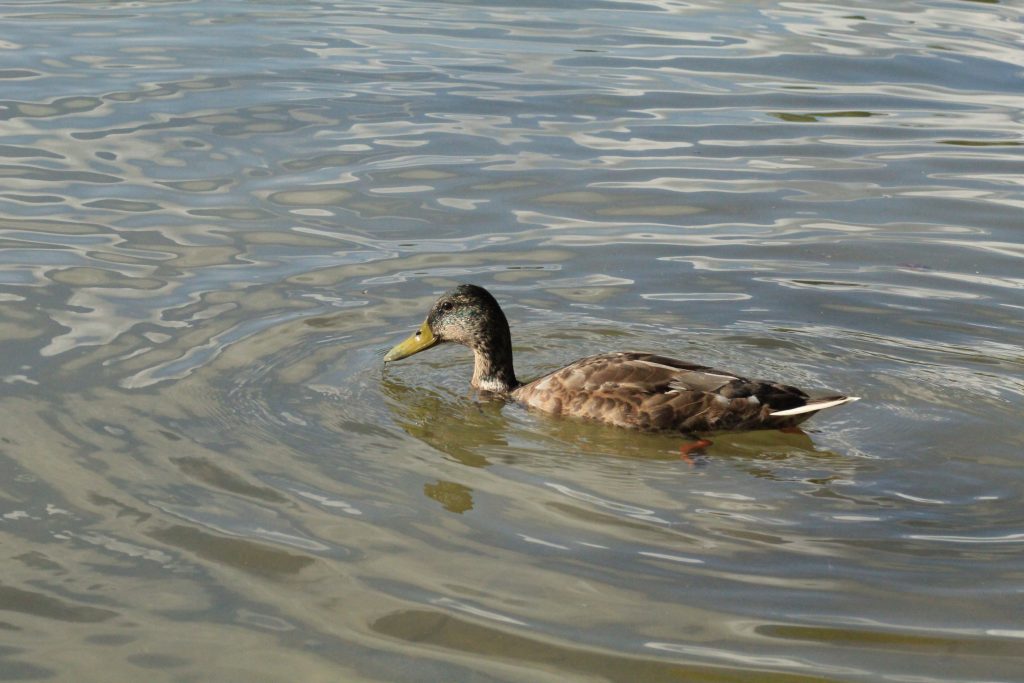
PROJECT “WILDFLOWER MEADOWS IN THE GARDEN MONUMENT”
One thing I found that can explain this is the Bavarian Palace Department’s project “Wildflower Meadows in the Garden Monument.” With this project, compacted lawns are gradually being transformed back into species-rich and interconnected wildflower meadows using seed mixtures that are particularly suited to the location. It’s almost as if the wildlife and ecosystem know that humans in Munich are actively working to make it a beautiful, balanced place for all life. I think that’s something special and a testament to the citizens of Munich and how much they respect and care for the English Garden. You can also see these practices throughout Germany, especially in big cities like Berlin. Movements like these are extremely rare in my home country, the United States of America.
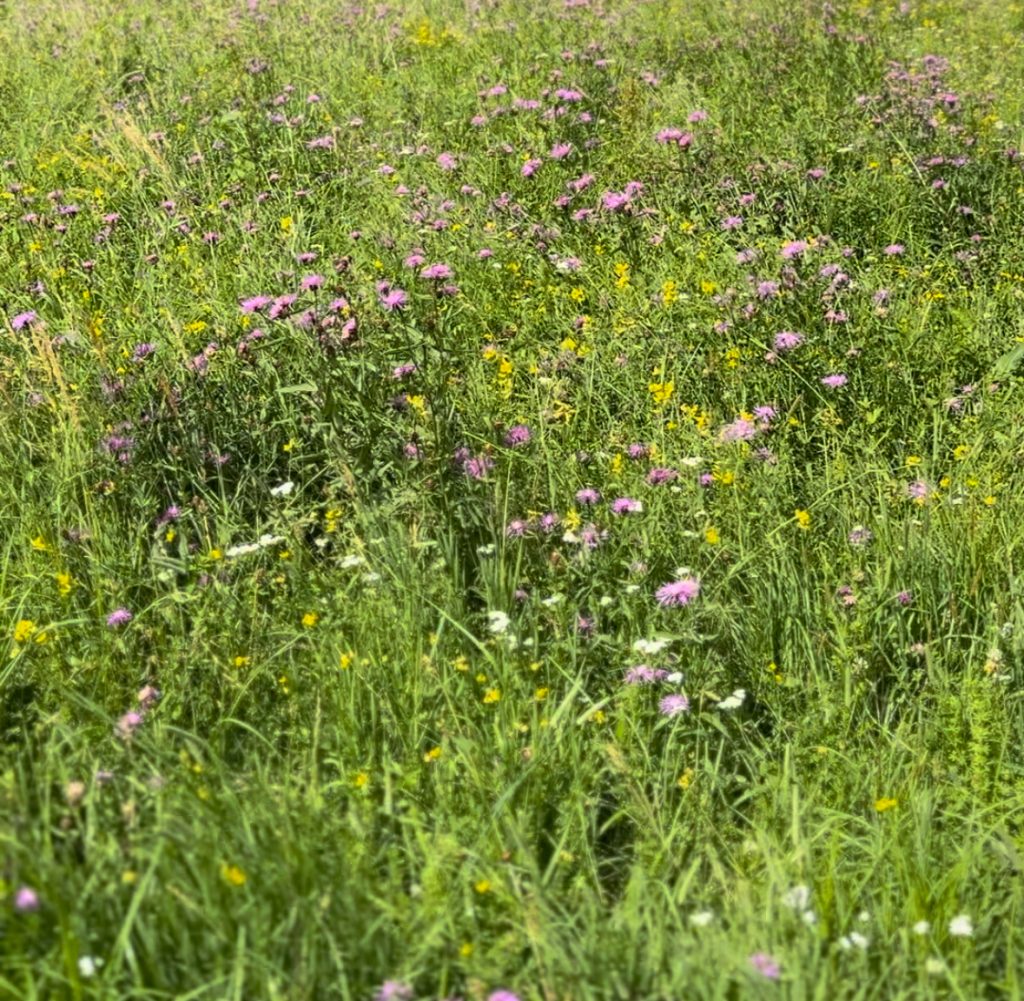
A PEACEFUL HOME
The English Garden is home to hundreds of different species, many of which are endangered. One special aspect of the English Garden is its unique space and range as a bird-watching hotspot. Over 100 different species of birds find refuge here, whether it’s to nest, mate, or stop along a migration route. Some of the rarer species you might see if you’re lucky include the hawfinch, grey woodpecker, little grebe, and mistle thrush. There is also a robust population of mammals in the English Garden, such as deer, foxes, rabbits, and beavers. All this wildlife is native to the English Garden, and they contribute significantly to the harmony of the ecosystem found there.
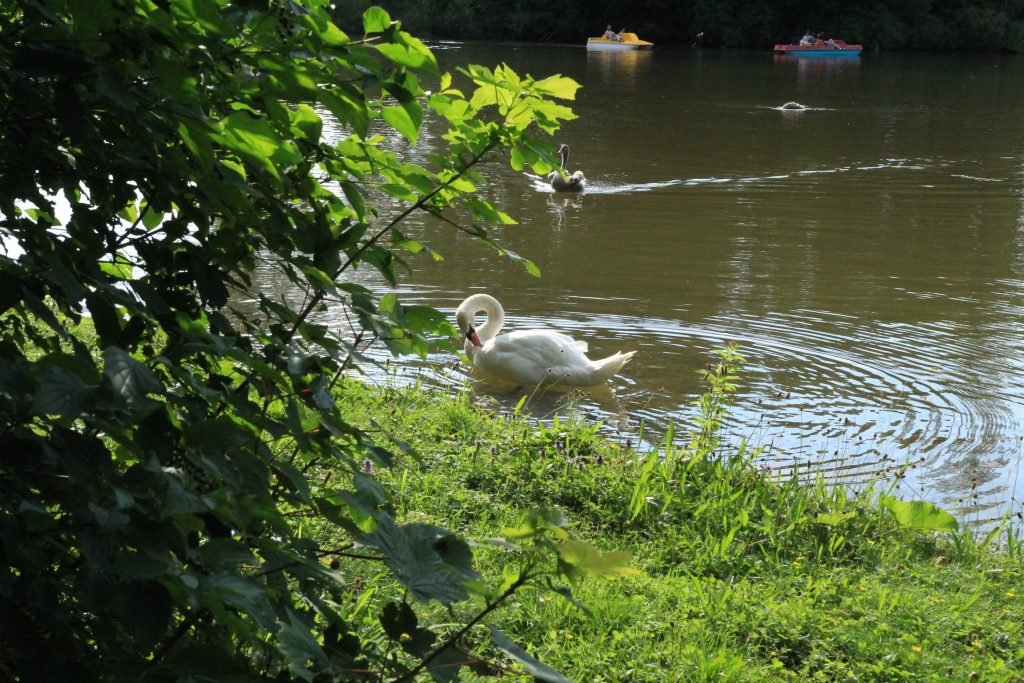
THE FLORA AND FAUNA
Bavaria is home to over 5,000 flora species, with 3,156 of them being native to the region. In The English Garden, endemic flora and fauna flourish. Willows often adorn the landscape near the banks of the Isar and the streams, while sea buckthorn also thrives here.
“Bavaria is the most botanically diverse state in Germany – there are even some plant species that globally only occur in Bavaria and nowhere else. Unfortunately, all these endemics and botanical rarities can now be found on the Red List of Threatened Species”
Dr. Andreas Fleischmann, scientist from the Bavarian State Collection for Botany for SNSB
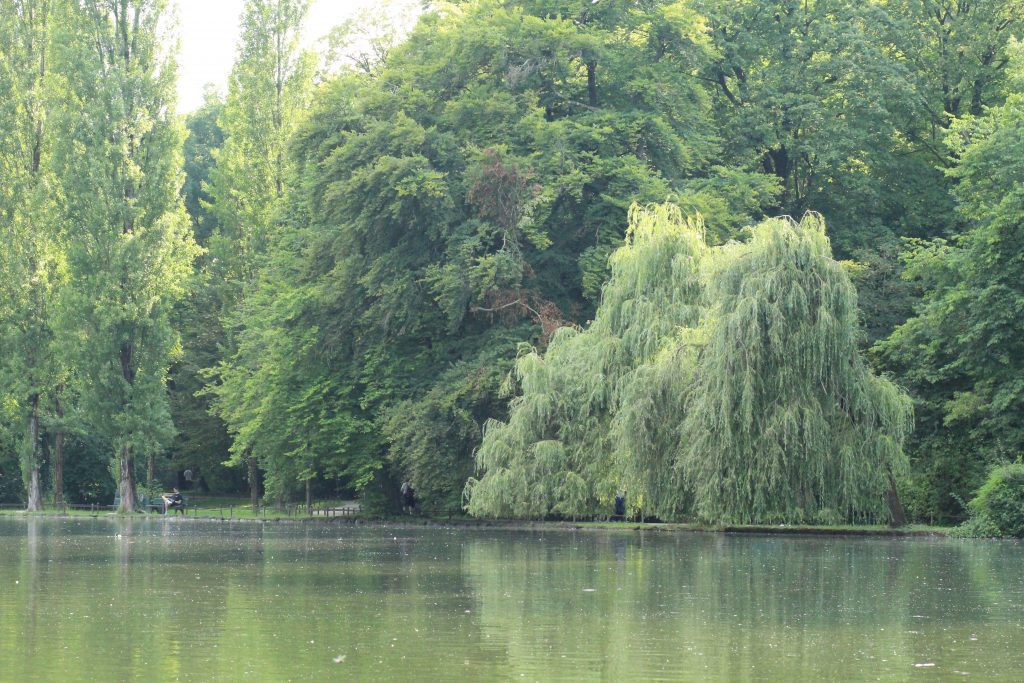
THE FOUNDATION
The initial location of the English Garden was an area north of the Schwabinger city gate, a former hunting ground for Wittelsbach rulers since the Middle Ages, known as the Hirschanger or “Deer Park.” Parts of the English Garden are also on a floodplain. Many willow trees and sea buckthorn grew natively in this location. The transformation of this area into a park under Rumford’s direction was an achievement that cannot be overestimated. In a very short time, new paths were laid out, trees and bushes were planted, and bridges were constructed alongside iconic buildings such as the Chinese Tower and Rumford Hall, both built in 1790. The park opened its gates to the citizens of Munich for recreation in 1792. Count Rumford left Munich in 1798.
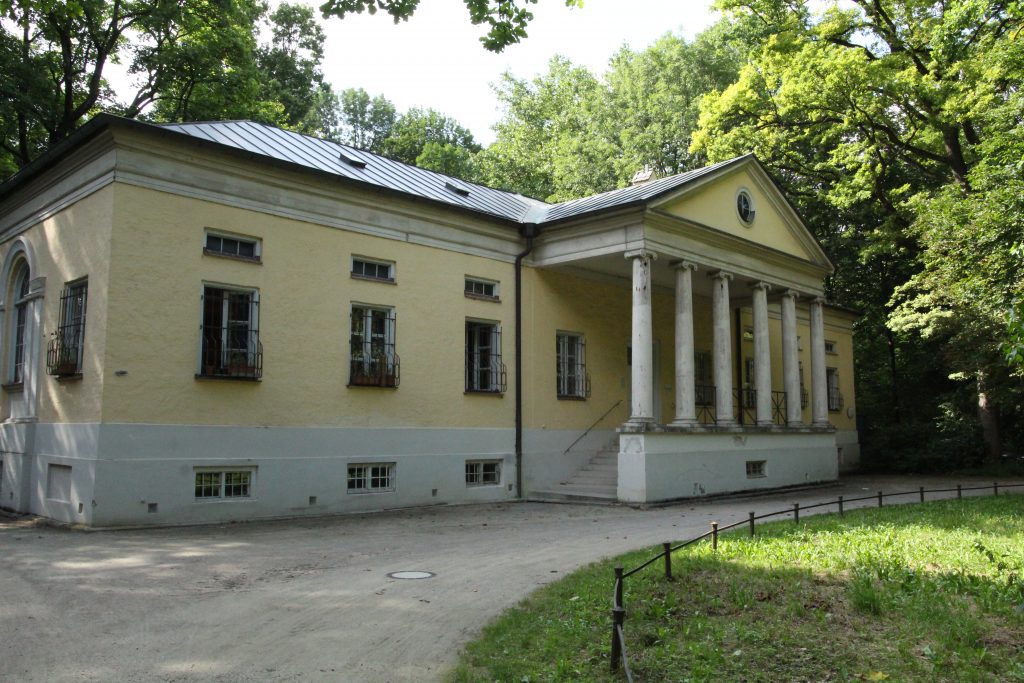
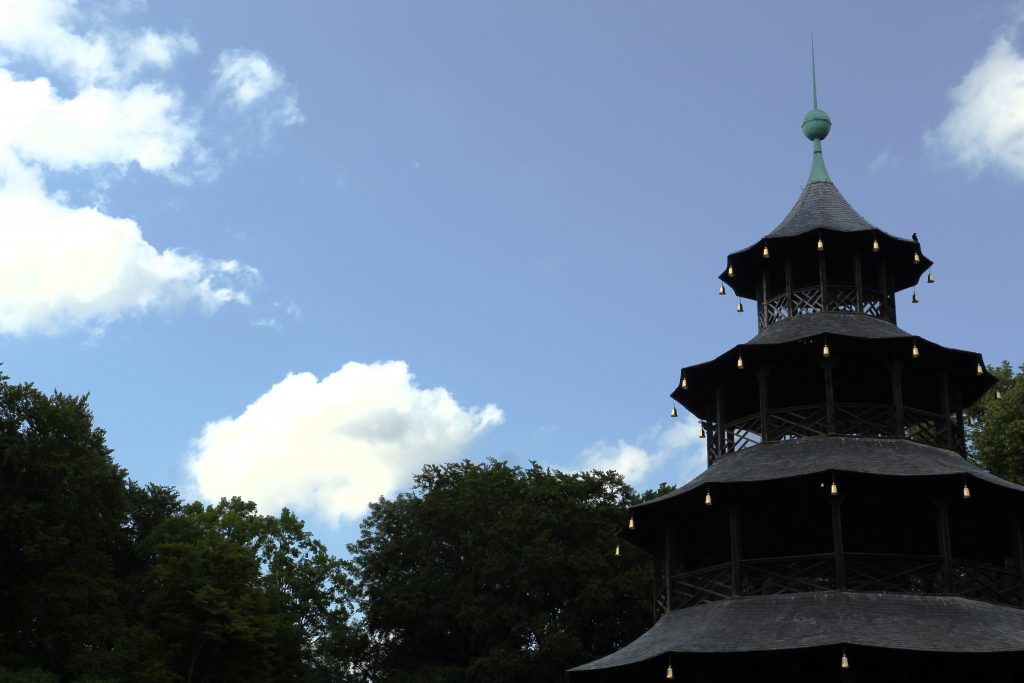
THE TEAM
The team that handles the yearly upkeep of the English Garden consists of roughly 50-70 people. They are highly regarded for their modern-day work in keeping the Garden clean and eco-friendly. If you walk through the English Garden, you’ll see exactly what I mean. The grass is silky soft, the air is filled with the scents of flora and fauna, and the rich color of the grass is striking as the sun’s rays cast over the meadows. It got me thinking: what kind of fertilizer are they using? Are they watering the grass often to maintain this color? Why are some sections of the meadows super tall while others are not? Surely, they must have some sort of detailed plan for maintaining the garden, right? The Garden are impeccably clean, so they must. Upon further research I discovered that no watering, fertilizer, of any kind is done for upkeep. Meaning the park is naturally occurring in it’s eco-system which is a full sign of a healthy eco-system.
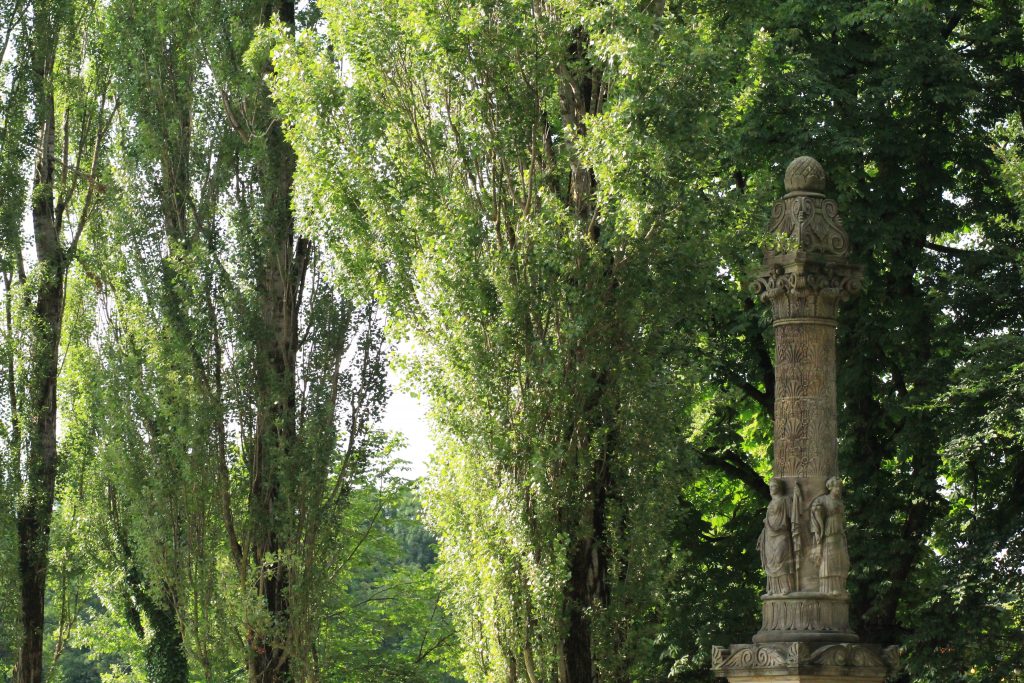
VANDALISM AT THE GARDEN
One sad thing I noticed was vandalism in The English Garden. Trees engraved with initials of relationships, lovelocks littering the bridges, graffiti, and even offensive symbols associated with Nazism broke my heart to its core. The English Garden are supposed to be a place for everyone to enjoy, so why were people destroying its beauty with hateful thoughts and actions? It became clear to me that not everyone visiting The English Garden had good intentions; perhaps some were simply unaware of the impact of their actions. That’s why it’s crucial for each of us visiting The English Garden this summer and in the future to do our part by reporting suspicious behavior related to vandalism. Once someone carves into a tree, it will take a lifetime and more to heal and return to its natural state. Love locks on bridges can weigh them down, potentially damaging the ecosystem, and graffiti, if not removed promptly, can become permanent or require strenuous efforts to clean up.
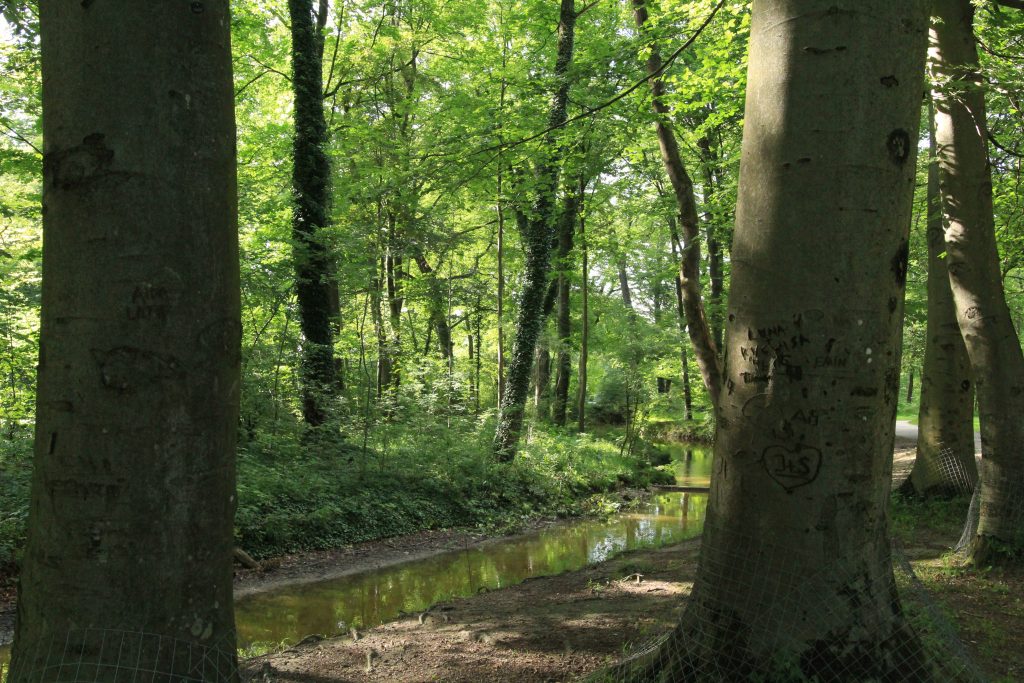
THE ENGLISH GARDEN TODAY
In modern times, the English Garden have never been more popular. It is estimated that over five million people visit the garden each year. It is extremely common to see parkgoers with friends, swimming in the Isar, or simply walking around and lounging in the sun. Many also visit the English Garden to enjoy one of the many different beer garden. Additionally, another common observation is that it is significantly cleaner than most parks in America. This is thanks to the core practices in Germany that help protect the ecosystem.


